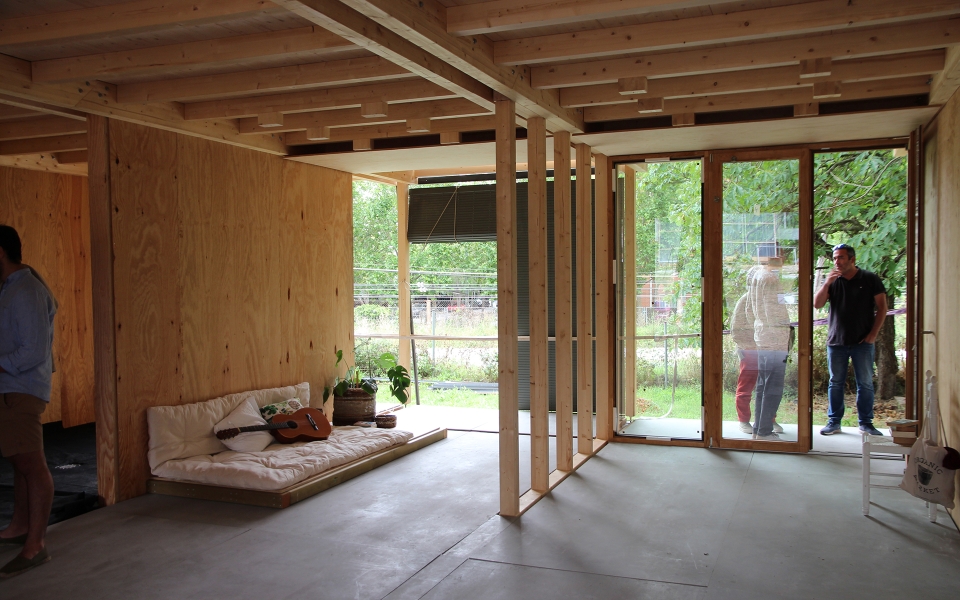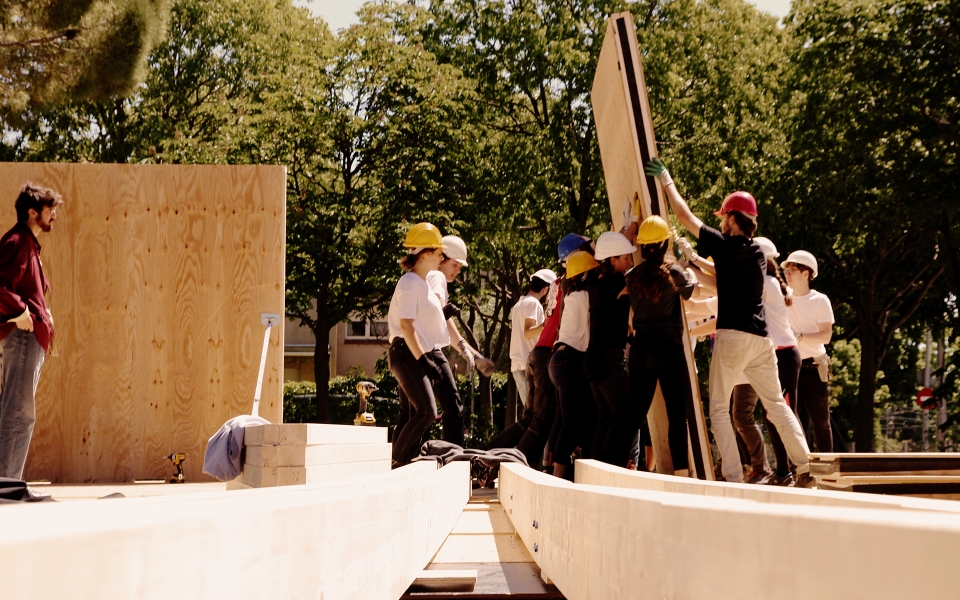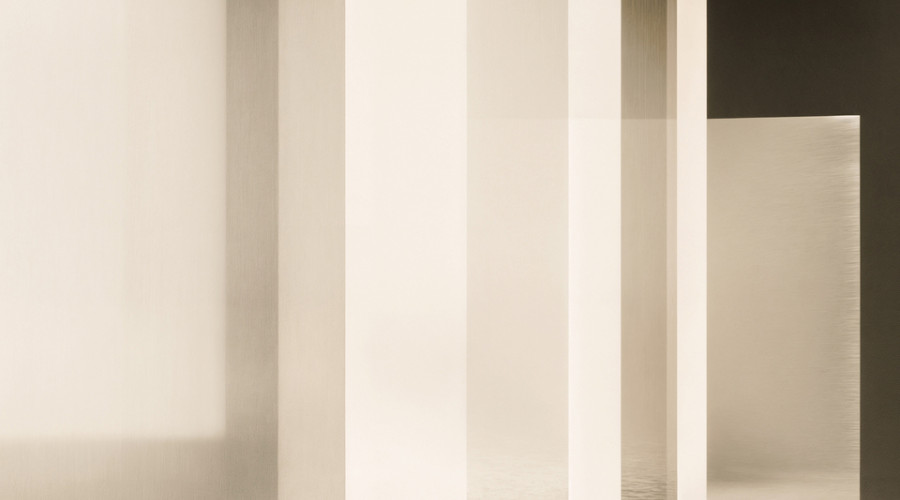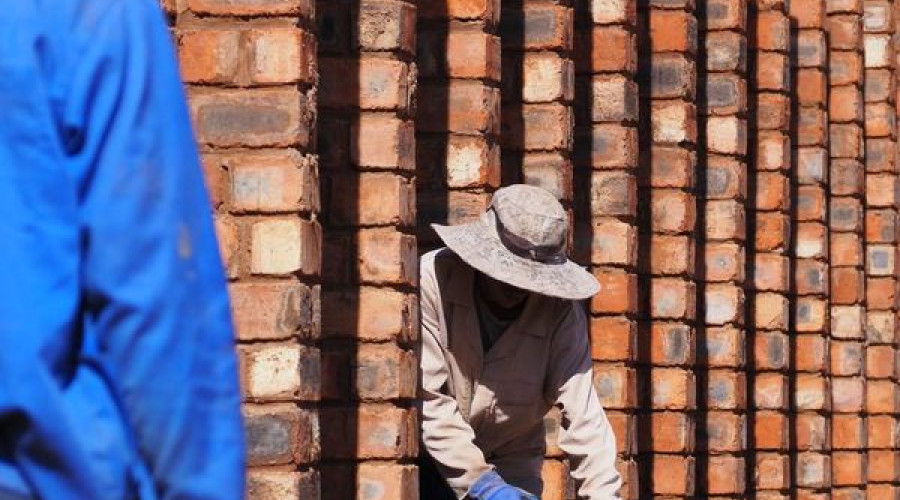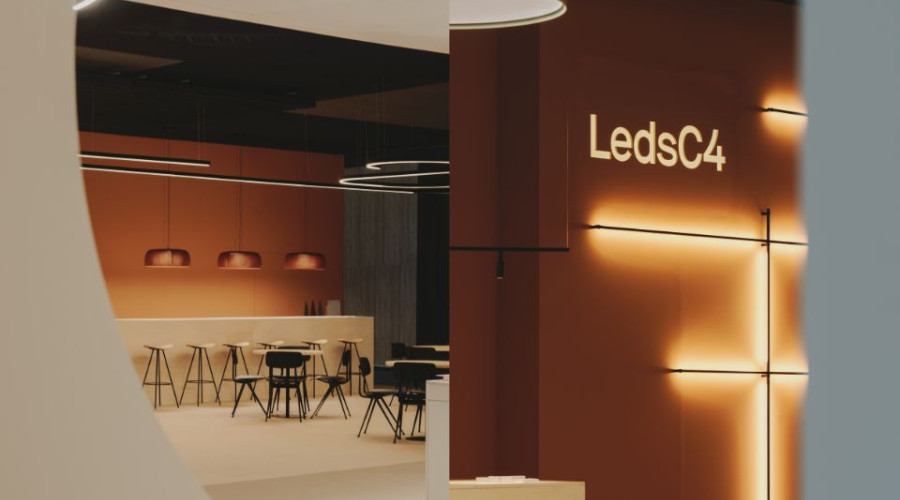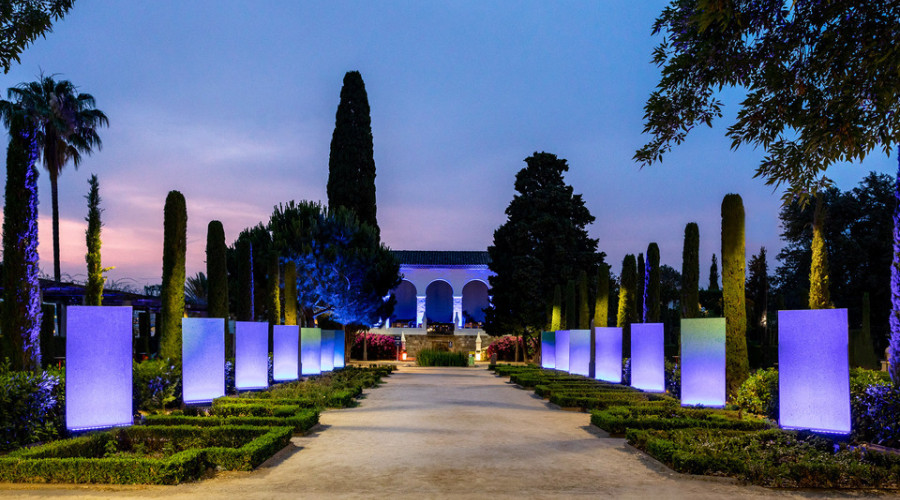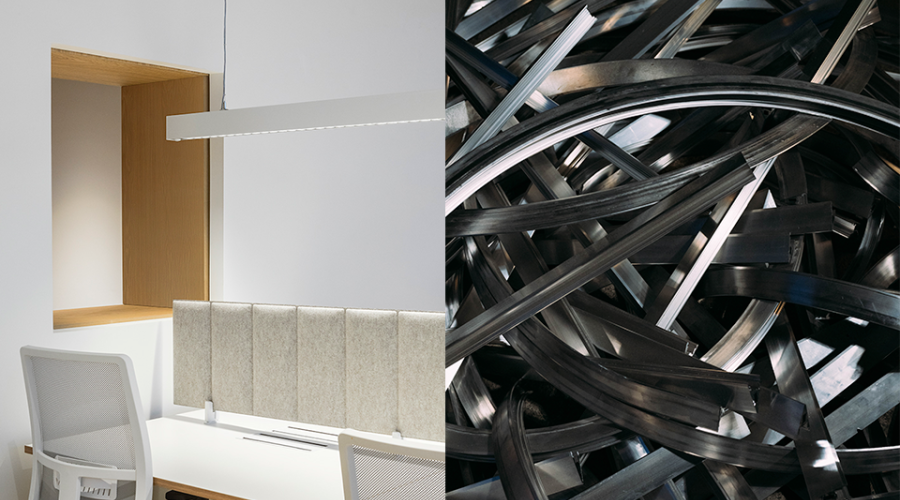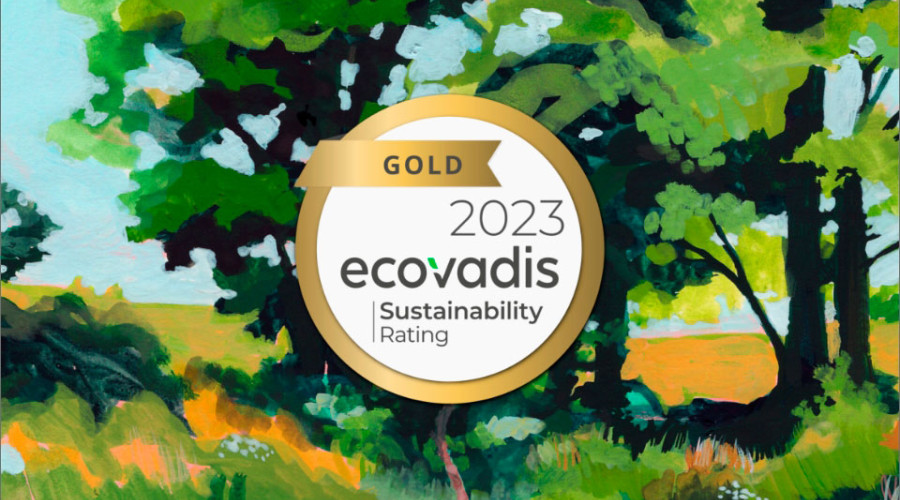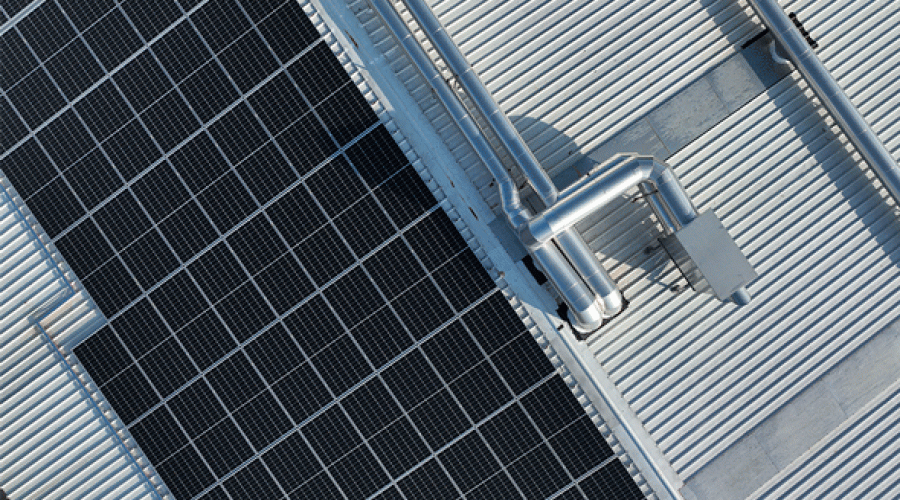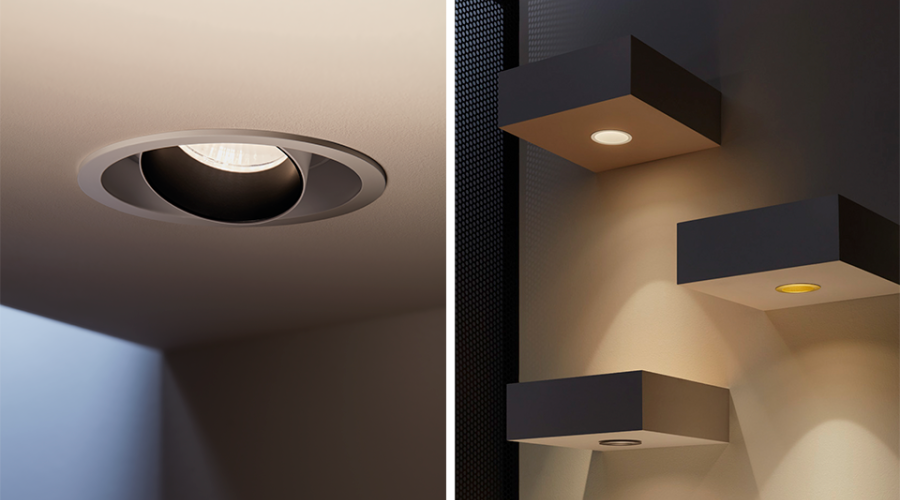LedsC4 has sponsored the sustainable housing TO project, designed by students from the Vallés School of Architecture (ETSAV in Spanish), affiliated with the Polytechnic University of Catalonia (BarcelonaTech). For the fourth consecutive year, this centre has been chosen to participate in the Solar Decathlon Europe, making it the only school worldwide to achieve this landmark. The purpose of the international university competition, sponsored by the US Department of Energy, is to promote the construction, research and development of efficient, sustainable housing.
LedsC4 has assessed the TO team's lighting proposal, providing luminaires from its Vintage collection, rails, projectors, solar wall lights and LED strips, such as the ON HP to comply with the energy efficiency philosophy that drives the event. For the outdoor areas, we have chosen a solar product, to enhance energy savings. For indoors, we decided on a LED lighting product whose intensity can be modulated according to the natural lighting conditions at any given time.
The TO prototype was presented for the first time last June at ETSAV. It was later dismantled and moved to Hungary to participate in the SDE19 international university competition, where it faced a total of 11 teams, made up of students from 29 other universities from different countries; coming eighth.
It will remain on display until 29 September in Hungary's Solar Village. In November, it will be re-built in Barcelona's UPC Campus Diagonal-Besós, where it will then be open for visits. Moreover, work is currently under way with the Barcelona City Council to transform the prototype into a public facility, as a research and training venue in the field of sustainability and housing.
TO is an innovative project, designed to break all the rules about housing as we know them today. The construction helps to put new everyday habits into practice, which are more energy efficient and have a lower environmental impact. The architectural students in the project emphasise that: “In this house there is no kitchen, washbasin or living room. Instead, the rooms are adapted to suit the climatic circumstances. For example, someone can manage the comfort level of the indoor space by reducing energy consumption to a minimum, taking a shower or sleeping in the warmer, south part of the building in winter, or conversely, in the north, cooler part in summer.”
